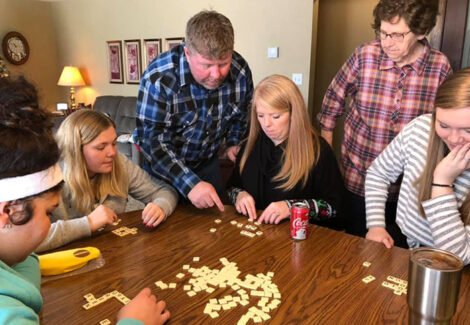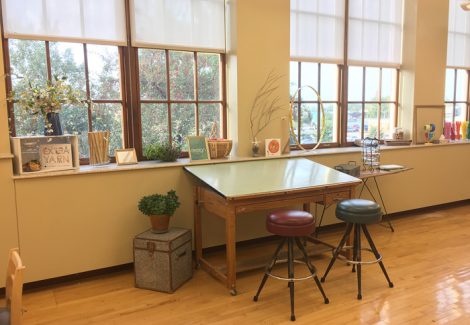Through their unique way of viewing the world, children can see potential in materials that may go unseen by adults. When given the time and space to explore a variety of materials children not only nurture their imagination but cultivate their ability to express emotions and relate to those around them.
This connection to the aesthetic realm allows children to step into a world of art and beauty ruled by imagination where it is safe to take risks and express thoughts and feelings. It’s for these reasons that material exploration is an essential part of early childhood education.

As Sir Ken Robinson said in a 2014 TED Talk, “Creativity is as important now in education as literacy and we should treat it with the same status.” By allowing children to explore and create with the materials around them, we are enabling them to become familiar with the world and create their own narrative. It is with these first steps we are letting them spread their wings and discover who they are. By stimulating a child’s imagination, they begin to know that the world is full of possibilities waiting to be seized.
By allowing children to explore and create with the materials around them, we are enabling them to become familiar with the world and create their own narrative.
So how can we create a space for this exploration? One very important note here is that creating room for material exploration does not need to be an expensive endeavor.
Take this opportunity to allow your child to explore items found in hardware stores, kitchen stores, yard sales and odds and ends found around the house such as buttons and empty containers. When given a variety of items children do not have to limit their artistic expression. This gives them a chance to learn about various types of expression such as drawing, painting, collage, and sculpture.
While free exploration is wonderful, feel free to challenge your child with provocations such as: How can you create a sculpture out of these materials? The pictures above show what children created with the provocation of: How can you create a self-portrait using the materials available?

Encouraging children to continue these creative exercises can be as simple as calling back to previous experiences the child has had or asking a child to tell you about what they created. Children have a knack for story-telling and designing, when they are given the tools to explore, learn and express themselves, they will always amaze you with the art and stories they create.





